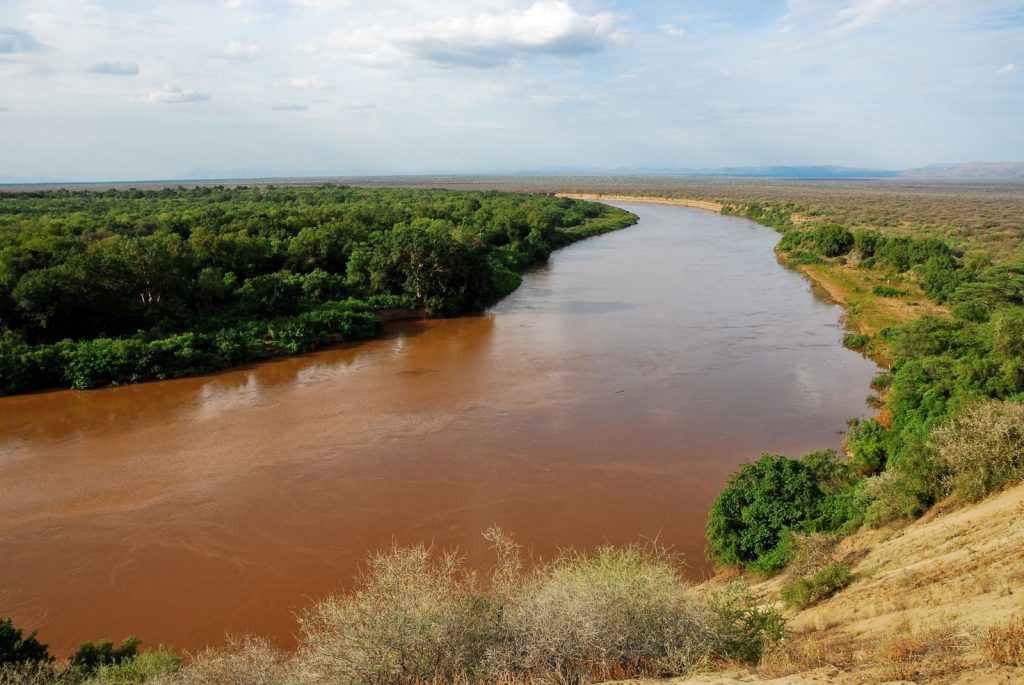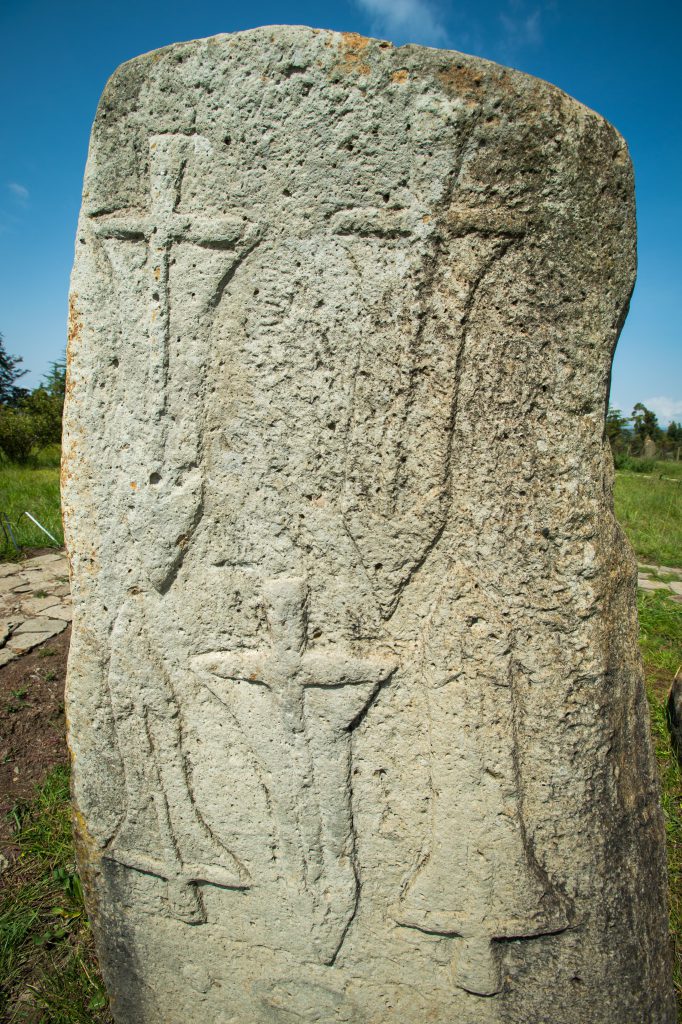WORLD HERITAGE SITES
UNESCO WORLD HERITAGE SITES
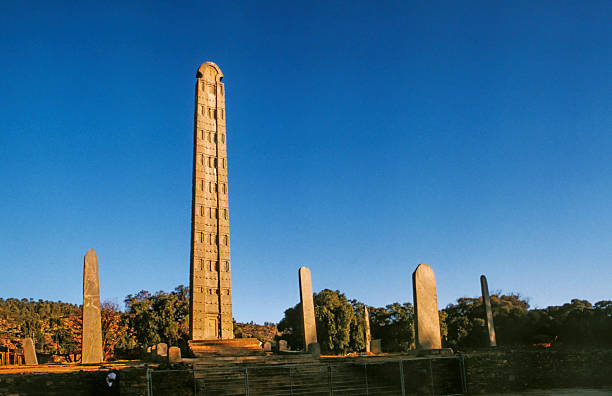
Axum
The ancient city of Axum is located in Tigrai Region. Its exact geographical location is N14 7 48.684 E38 43 6.996. The massive ruins, dating from between the 1st and the 13th century A.D., include monolithic obelisks, giant stelae, royal tombs and the ruins of ancient castles. Axum and its archeological sites were inscribed in the List of World Heritage Sites by UNESCO in 1980.
The Rock-Hewn Churches of Lalibela
Lalibela is located in Amhara Region. It has a geographical location of 12º03’ North and 38º82’ East latitude and longitude. Rock hewn churches of Lalibela date back to 13th-century at the time of King Lalibela, who is believed to have commissioned these structures.
The churches are hewn from red volcanic rock. Four of the churches are attached to their mother rock only at the base, while other churches have parts attached to the parent rock. Lalibela still has big value among Ethiopian Orthodox Christians and it is also one of the pilgrimage sites in Ethiopia. The rock hewn churches of Lalibela were put in the list of World Heritage Sites in 1978.
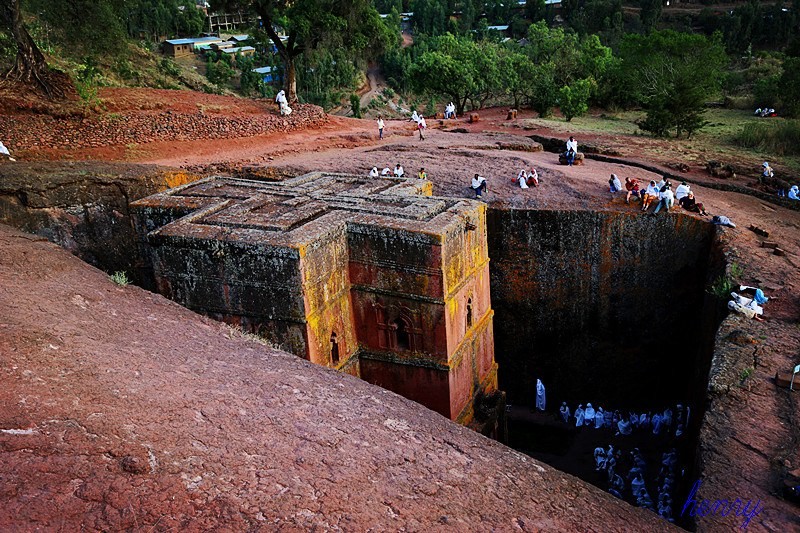
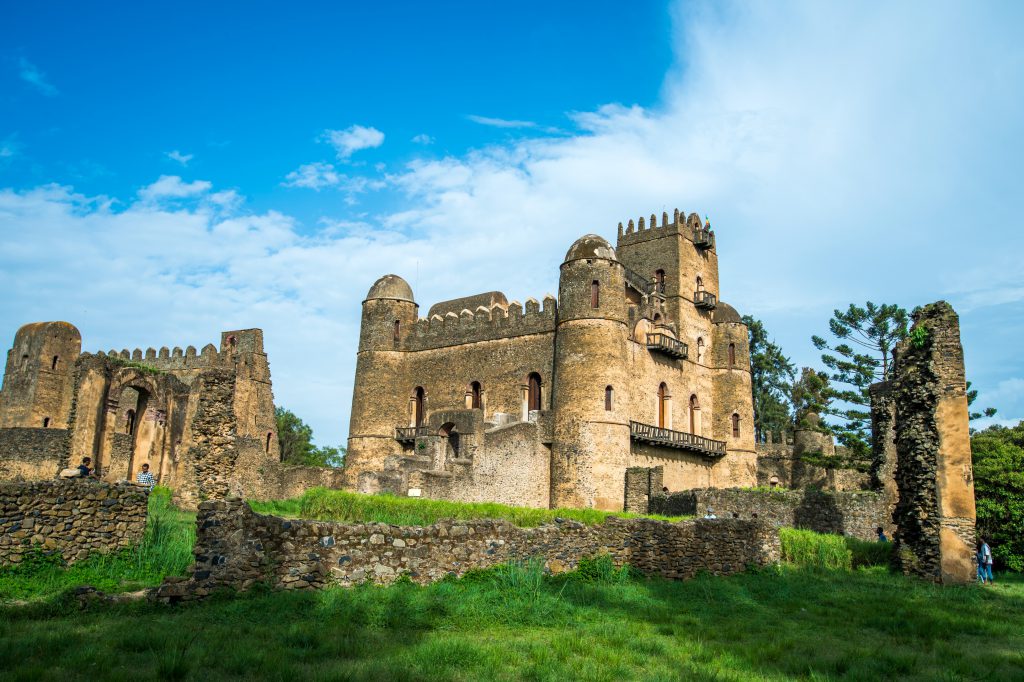
Fasil Ghebbi
Gondar is located in Amhara Region at geographical position of 12º 35’ North latitude and 37º 28’ east longitude.
Emperor Fasiledes founded Gonder in 1636 with an intent to settle in a single capital unlike his forfathers. Emperor Fasiledes, has built the big castle, which is still called after him.
There are actually other historic buildings as well whcih were built by Emperors who rained after him. Those buildings were in a royal compound called Fasil Ghebbi in Amaric. Fasil Ghebbi was inscribed in as a World Heritage Site by UNESCO in 1979.
Simien Mountains National Park
The Simien Mountains National Park is found in Amhara Region. The site is located in the western Simen Mountains, 120 km north-east of Gondar. Its exact location is 13º and 11’ North and 38º 4’ East.
Two significant points about this site are: the park’s spectacular landscape is part of the Simien mountain massif and also it is of global significance for biodiversity conservation. The park was added to the list of World Heritage by UNESCO in 1978.
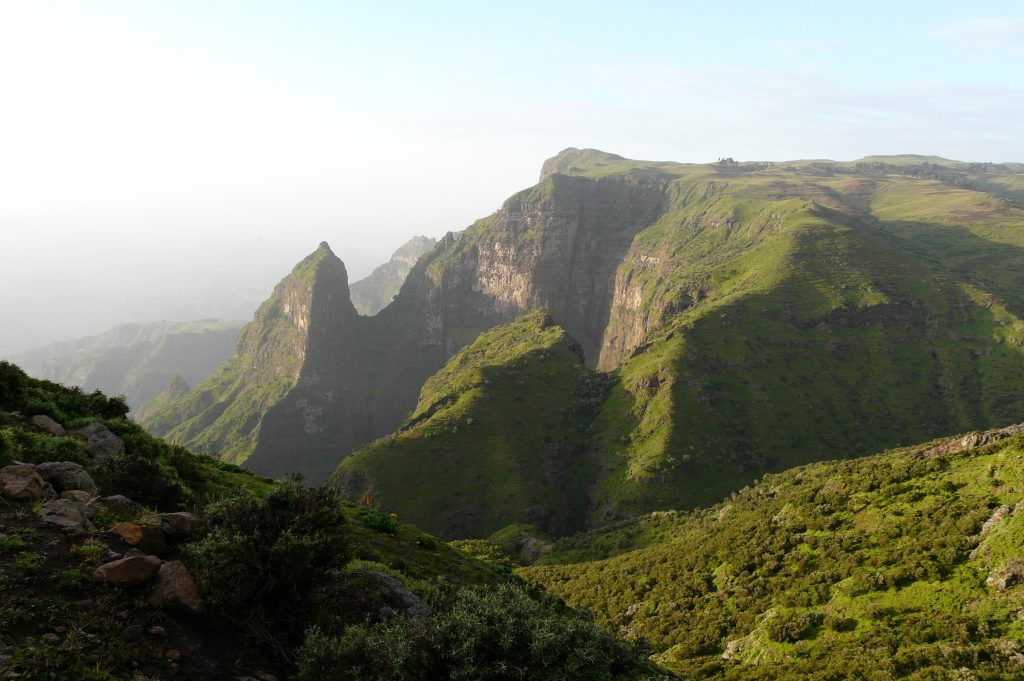
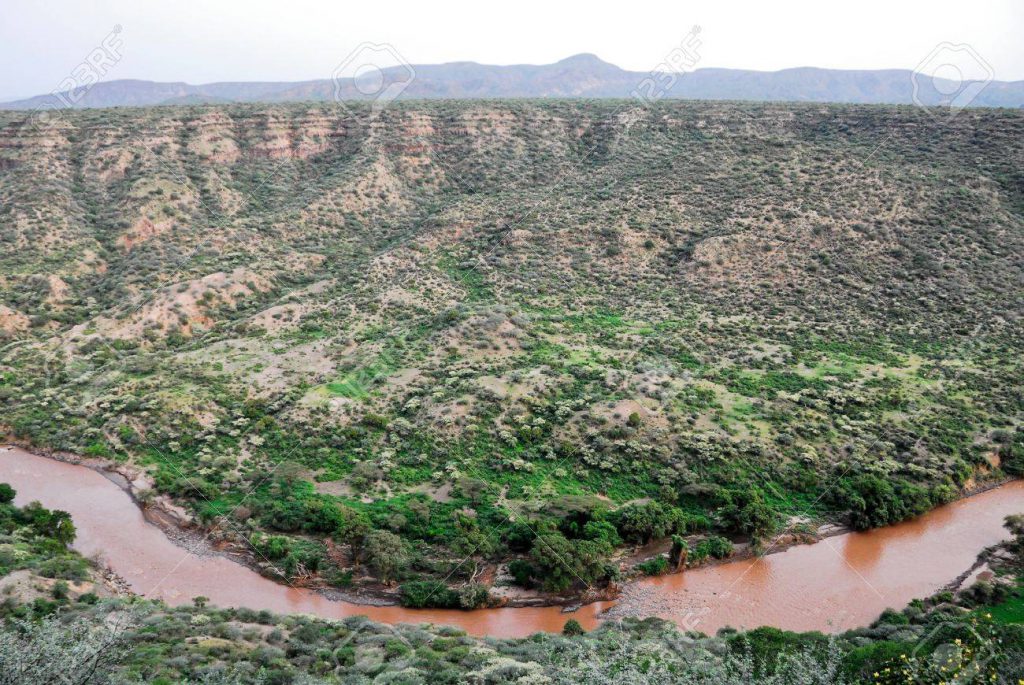
Awash Lower Valley
Awash Lower Valley is found in Afar Regional State at 11°1’ North and 40º 58’ East. The Awash valley place in the research undertaken in the field of paleontology. There remains found in the Awash Lower Valley. The oldest remain so far discovered date back at least 4 million years. “The hominid remains excavated there are characteristic of a unique type.” The Lower Valley of Awash was included in the list of World heritage sites in 1980.
Omo Lower Valley
The Lower valley of Omo is found in South Nations, Nationalities and Peoples Regional State at 4º 80’ North and 35º 97’ East.
Alike the Lower Awash Valley, hominid remains discovered in Omo Lower Valley have unique characteristics and have contributed in the study of human evolution. Omo Lower Valley was inscribed to a list of World Heritage Sites by UNESCO in 1980.
